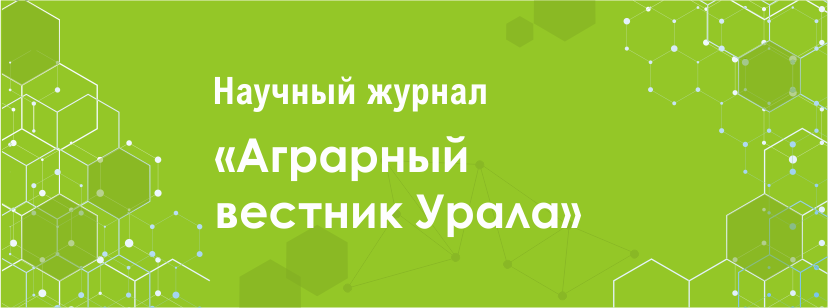B. A. Voronin, d.yu.n., professor Uralskogo gosudarstvennogo agrarnogo universiteta I. P. Chupina, d.e.n., professor Uralskogo gosudarstvennogo agrarnogo Universiteta YA. V. Voronina, k.e.n., dotsent Uralskogo gosudarstvennogo agrarnogo Universiteta
The purpose of this study is to analyze the contents of the concept of «risk», given by various authors of scientific publications and relevant in the current economy. The connection between science, education and business is currently acquiring more and more interconnected processes. Man has always been and remains the main productive force of any economic system. And the growth rates of the economy, labor productivity, and incomes of the population directly depend on the development of human capital. Therefore, the key issues of state policy is to improve the quality of life of the population. The risks in human capital include the costs that were spent on improving human capital. It is accepted to measure risks to human capital in terms of health, education and living standards. Health risks include reduced work capacity due to illness. The risks here are high fees for medical services, and this, in turn, will affect income levels. The current health risks include the coronavirus pandemic. Risks in education manifest themselves in the demand for the labor market. The labor market may lack demand for certain types of professions. Therefore, unemployment now manifests itself as a risk. Living standards risks include declining income levels, unfavorable conditions such as high inflation. It is customary to determine the standard of living by such indicators as GDP per capita, funding of state bodies for social programs, growth (or decrease) in wages, incomes of the population and average life expectancy. Risks also arise due to economic crises and ineffective social policy in the country.
References
1. Grabovskiy P.G., Petrova S.N. Riski v sovremennom biznese - M.; Izd-vo «Alans». 2014. 319 s. 2. Dobrunova A.I. Metodika otsenki urovnya razvitiya selskih territoriy // Dostizheniya nauki i tehniki APK. 2014. #2 12. S. 76-78. 3. Kabyshev O.A. Pravomernost predprinimatelskogo riska // Hozyaystvo i pravo. 2014. # 3. S. 47. 4. Kozlov A.V. Problemy otsenki kadrov selskogo hozyaystva // Agrarnaya politika Rossii v usloviyah mezhdunarodnoy i regionalnoy integratsii. - Materialy mezhdunar. nauch.-prakt. konferentsii. - M.: VNIIESH, 2015. S. 145-146. 5. Merenkova I.N. Sotsialno-infrastrukturnye usloviya razvitiya chelovecheskogo potentsiala na selskih territoriyah // Ustoychivoe i innovatsionnoe razvitie regionov Rossii v usloviyah globalnyh transformatsiy. - Materialy mezhdunarodnoy nauchno-prakticheskoy konferentsii.- Lipetskiy filial Finansovogo universiteta pri Pravitelstve RF. 2015. S. 242.











